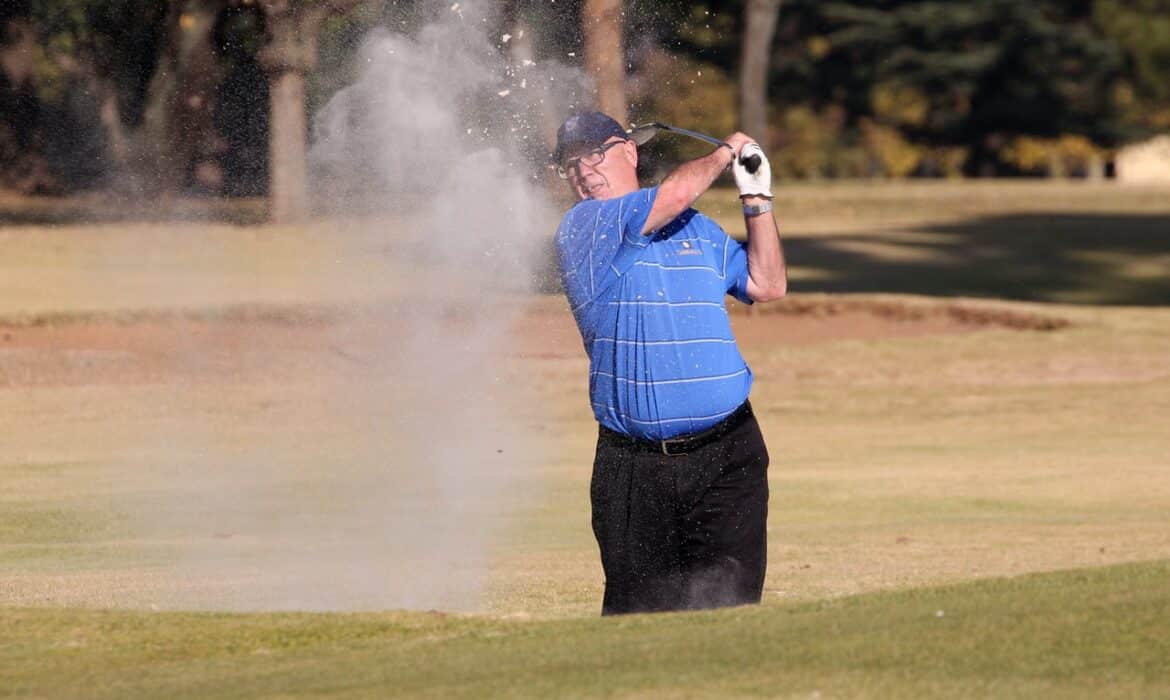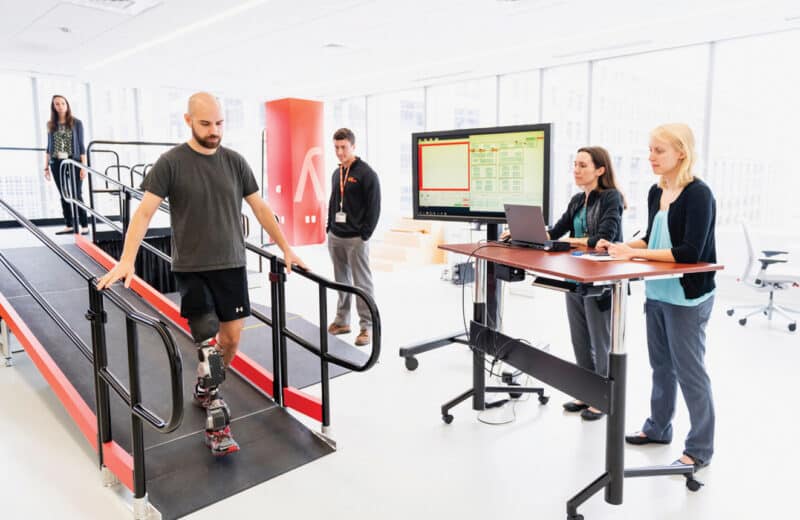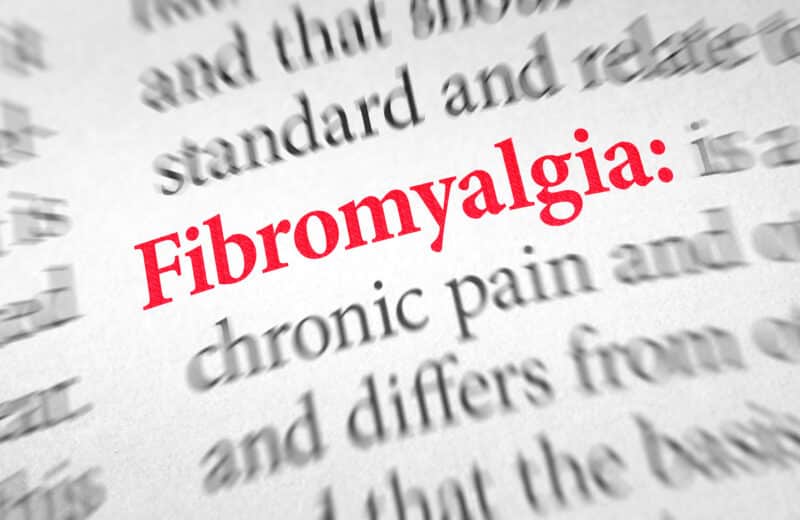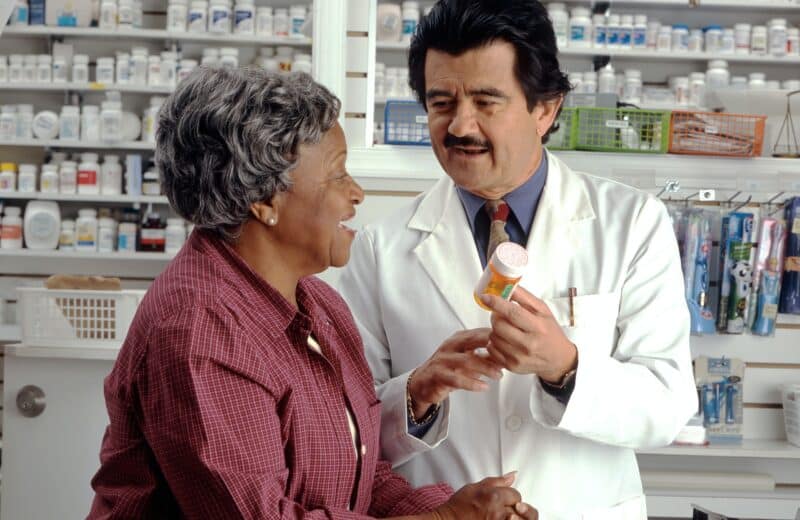DEAR MAYO CLINIC: I golf about three to four times a week and have been doing so for the last two years. Lately, though, I’ve been experiencing pain in my wrists that makes golfing extremely uncomfortable. A friend of mine had similar symptoms and he ended up having surgery to treat tendinitis. Is there a way to reduce the pain that does not require surgery?
ANSWER: Wrist injuries can occur in people who play golf often and can be due to overuse, poor mechanics or trauma. The right treatment depends on the underlying cause. The good news is that for most people with the type of wrist pain you describe, surgery is rarely needed.
Many golfing-related wrist injuries are a result of overuse, particularly in recreational golfers who may take a break during the winter months and then play a lot during warmer months. For example, some golfers may go to the driving range and hit 200 balls in one session, or they may start playing several rounds of golf a week after being off the green for several months. Both situations could lead to wrist injuries.
Some wrist issues may be the result of poor mechanics. For example, if a golfer is swinging the club inappropriately or “casting” the club, it could lead to pain at the back of the wrist due to injury to a tendon called the extensor carpi ulnaris. In time, that can result in chronic wrist pain.
Wrist injuries also can come from some type of trauma. A golfer may be playing in the rough, for example, swing hard and catch the club in the long grass or the root of a tree. That can twist the wrists and, depending on the power of the swing, cause serious wrist tendon damage or even break a bone. Similar injuries may happen if a golfer takes a large divot out of the turf or hits a rock or other solid objects with a club.
When wrist pain and swelling first appear, the best steps are to rest the area and put ice on it to bring down the swelling. Using heat on the injured area can relieve soreness and stiffness too. A compression wrap or a wrist brace also may be helpful. If you try these home remedies and symptoms continue for more than a week or the pain continues to worsen, I would recommend seeking medical attention.
Before visiting your healthcare provider, you will want to think about when your symptoms began, how they started, and how long the pain lasts. This information, along with a physical exam of your wrist can also help shed light on how the injury may have occurred and determine if tests such as X-rays, ultrasound (USS), computerized tomography (CT), or magnetic resonance imaging (MRI) scans are needed to diagnose the problem.
If the condition is tendinitis, it may get better with rest and hand therapy. You may need to wear a wrist brace, as well in the short term — even when you are playing golf. If that’s not enough, an injection may help reduce inflammation in the injured area to allow for healing. If you still continue to have symptoms, surgery may be an option for chronic tendinitis.
Though unlikely, it is possible you could have a fracture or broken bone in your wrist. If this is the case, a cast may be needed to allow the injury to heal, and hand therapy may be necessary. Depending on the type of broken bone, however, surgery may be needed and that’s why meeting a hand surgeon would be important.
To help prevent future golfing-related wrist injuries, take time to stretch, for example your back, legs, arms, elbows, and wrists, before you play. Also, warm up with some easy practice swings before you begin a round of golf or start hitting at the driving range.
You may want to work on improving your swing, too. Taking a lesson with golf professional may be useful to ensure your form is still good.
Finally, invest in quality equipment. Clubs with graphite shafts and irons that are cavity-backed reduce the vibration of impact and can help prevent injuries. Something as simple as using fatter grips to keep you from squeezing the club too tightly and aggravating tendinitis also may be of benefit. — Sanjeev Kakar, MD, Orthopedic Surgery, Mayo Clinic, Rochester, Minnesota












